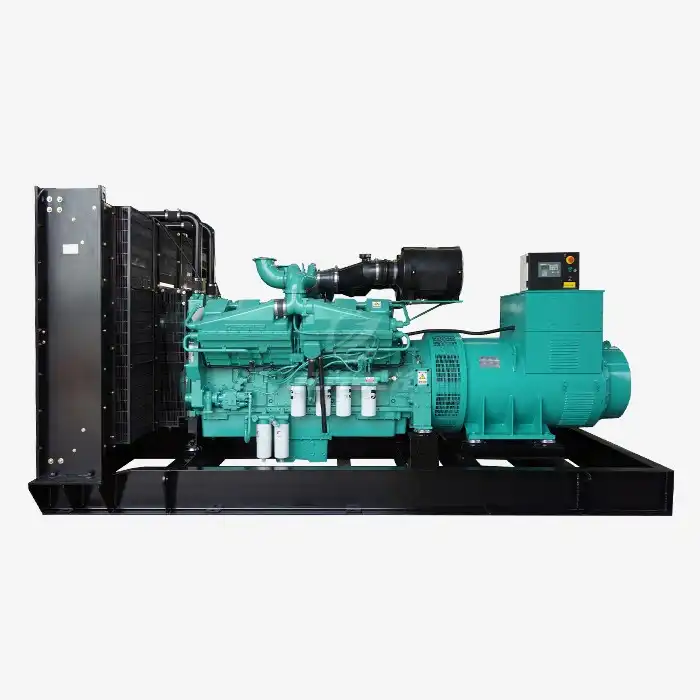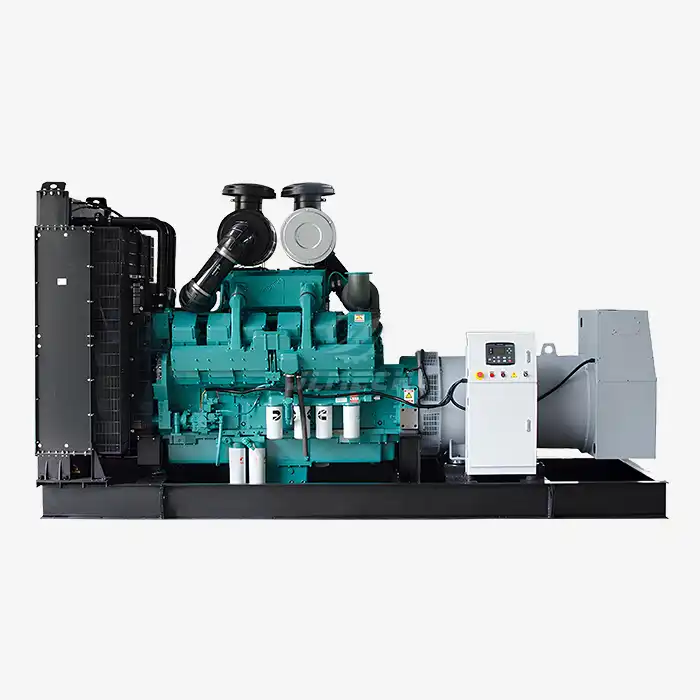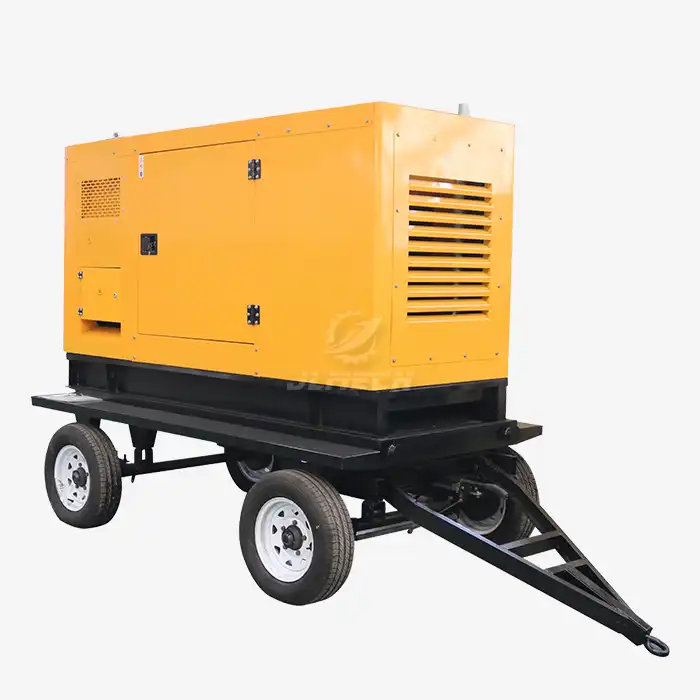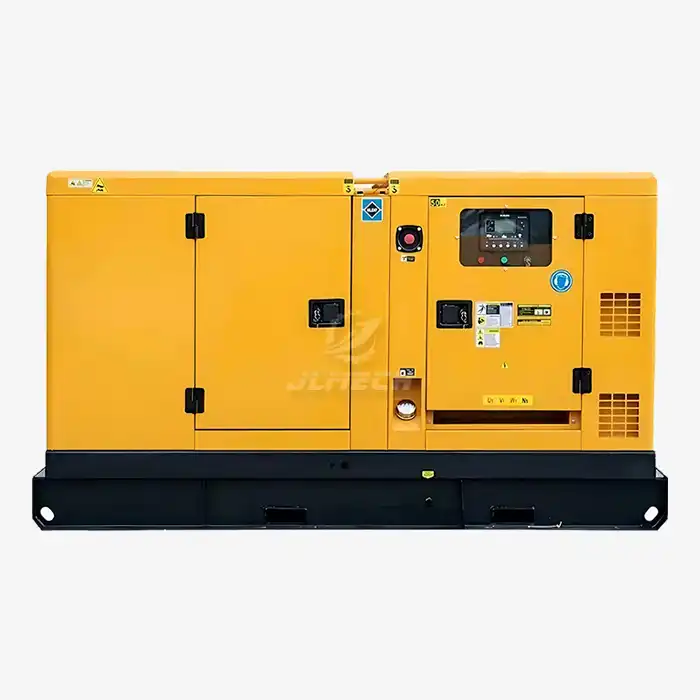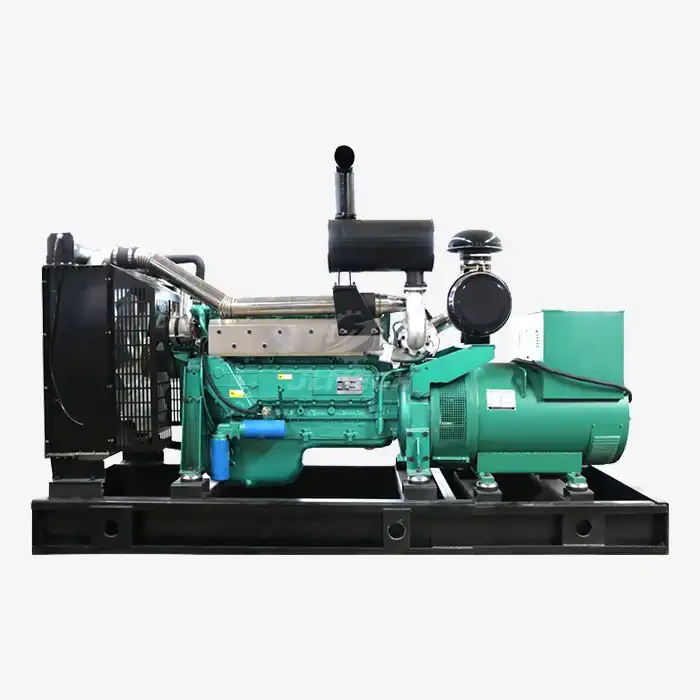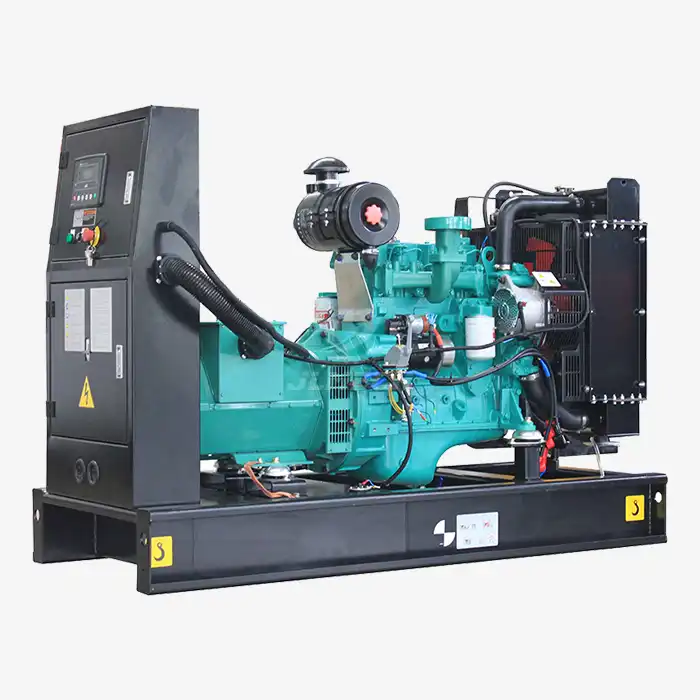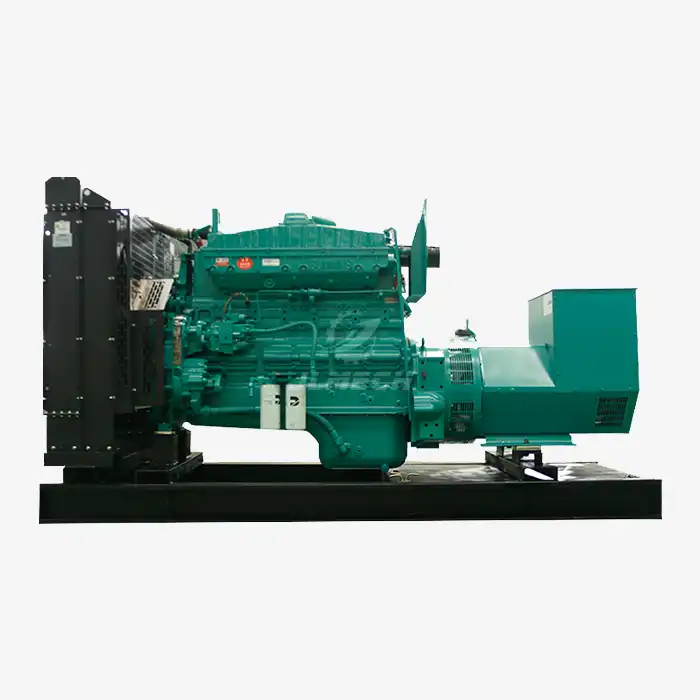What does a controller do in a generator?
At the heart of every modern diesel generator lies a sophisticated management system that ensures reliability, safety, and efficiency. This system is built around a crucial component often referred to as the generator control board. Think of it as the brain of your generator—constantly monitoring, making decisions, and taking action to keep your power supply stable and your equipment protected. Without it, a generator would be little more than a mechanical device without intelligence or the ability to respond to changing conditions.
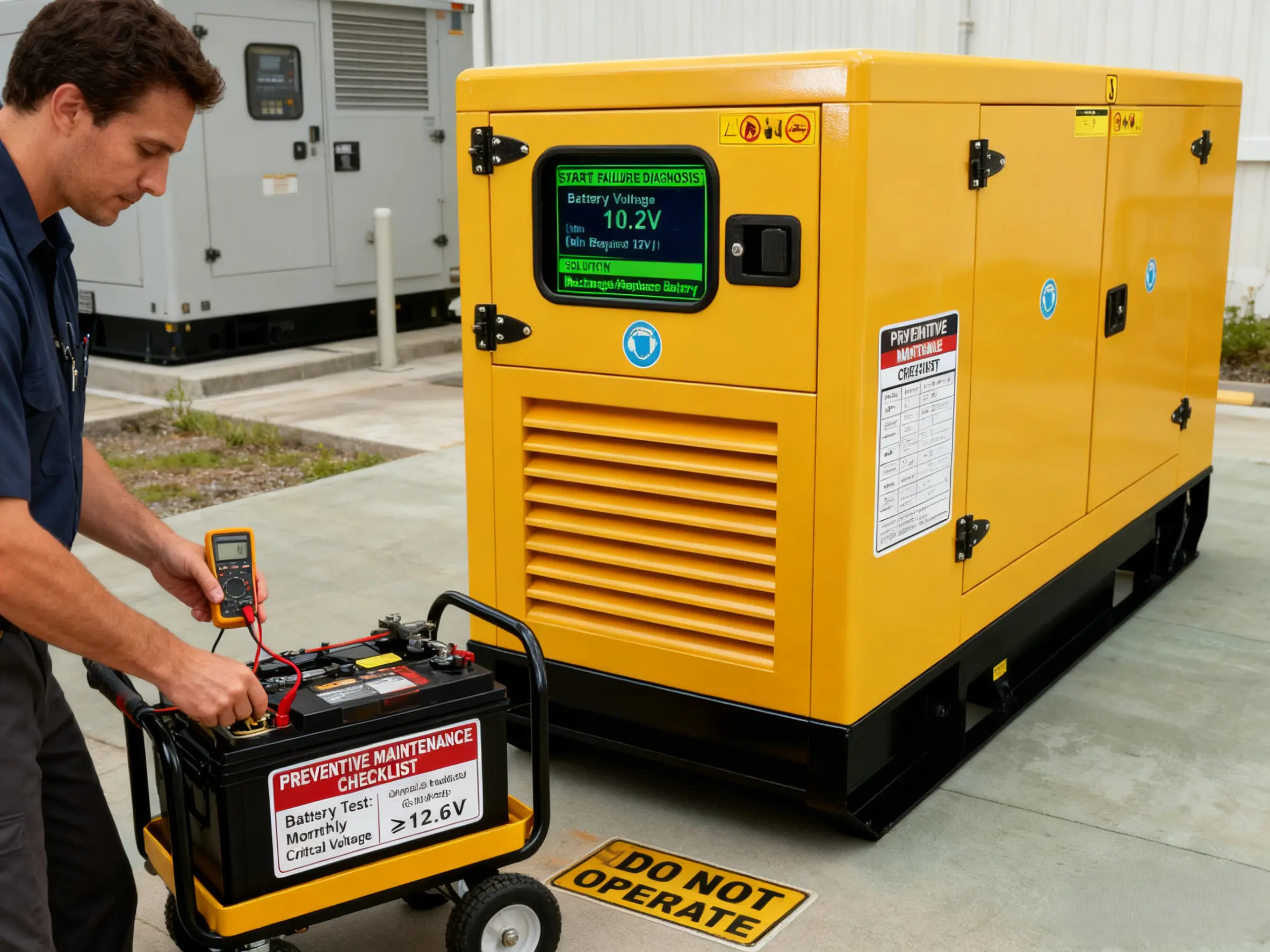
Core Functions
A generator controller, or generator control board, performs several essential functions that are critical to operational success:
Monitoring: It continuously tracks key parameters such as voltage, frequency, current, engine speed, oil pressure, coolant temperature, and battery status. This provides real-time insight into generator health.
Control: The unit automates start/stop sequences, manages operational modes (auto/manual/test), and can control additional systems such as transfer switches.
Protection: It safeguards the generator and connected equipment by triggering alarms or shutdowns in cases of fault conditions—including overload, low oil pressure, high temperature, or under/over voltage.
Communication: Modern controllers offer remote monitoring and integration capabilities through protocols like Modbus, CAN bus, or Ethernet, enabling updates and diagnostics from anywhere.
These functions work together to ensure that your generator operates only when it should, and shuts down when it must—protecting your investment and maintaining power continuity.
Technology and Working Principle
Today's generator controllers leverage advanced digital technology to deliver precision and reliability. Here's how a typical generator control board works:
Microprocessor-Based Design: At its core is a high-speed microcontroller that processes inputs from multiple sensors in real time.
Sensor Integration: Data such as rotational speed, electrical output, fluid levels, and temperature are fed into the control unit.
Algorithmic Decision-Making: Built-in algorithms compare incoming data against predefined thresholds and operational criteria.
Output Execution: Based on these comparisons, the controller sends commands to regulators, actuators, and circuit breakers.
This continuous loop of measurement, processing, and response ensures optimal performance under varying load and environmental conditions.
How to Operate a Generator Controller
Operating a modern generator controller is designed to be user-friendly:
Interface: Most systems include a digital display with menu-driven navigation and multi-language support.
Manual Controls: Buttons or a touchscreen allow users to start/stop the generator, view parameters, and acknowledge alarms.
Automation Settings: Users can configure set points for voltage, frequency, and safety thresholds.
Remote Access: Many controllers now support smartphone apps or web portals for monitoring and control from a distance.
Even with advanced capabilities, day-to-day interaction remains simple—empowering operators rather than overwhelming them.
Latest Technological Advances
The field of generator control is evolving rapidly. The latest generator control board designs incorporate:
IoT Connectivity: Cloud-based monitoring and predictive maintenance alerts reduce downtime and extend equipment life.
Advanced Diagnostics: Integrated fault logging and root-cause analysis speed up troubleshooting.
Power Management: Some systems can synchronize multiple generators and manage load sharing dynamically.
Cybersecurity Features: Enhanced encryption and secure access protocols protect your system from unauthorized access.
These innovations are making generators smarter, more efficient, and easier to integrate into broader energy management systems.
Conclusion
A generator controller is much more than a switch—it is an intelligent guardian of your power supply. From basic monitoring to fully automated management, the right generator control board enhances performance, prevents damage, and provides peace of mind.
At JLMECH, we combine decades of expertise in power generation with a firm commitment to quality and innovation. Whether you need a standby generator for emergency backup or a prime power solution for continuous operation, our team is ready to help you choose, customize, and maintain the ideal system for your requirements.
Have questions or ready to upgrade your power solution? Reach out to our experts today—let's build something reliable together.
Email us at: skala@whjlmech.com for a free consultation and detailed product information.
References
Anderson, T. (2021). Digital Control Systems in Modern Power Generators. Journal of Power Engineering, 15(2), 112-125.
Roberts, K., & Miller, L. (2020). Intelligent Monitoring and Control Units for Diesel Generators. International Journal of Electrical Engineering, 8(4), 45-59.
Wilkinson, S. (2019). Generator Handbook: Control Systems and Operational Strategies (4th ed.). New York: Elsevier Science.
Evans, P. (2022). Integration of IoT in Power Generator Controllers. IEEE Transactions on Industrial Electronics, 69(3), 210-225.
International Electrotechnical Commission. (2018). *IEC 61439-1: Low-voltage switchgear and controlgear assemblies*. Geneva, Switzerland.



